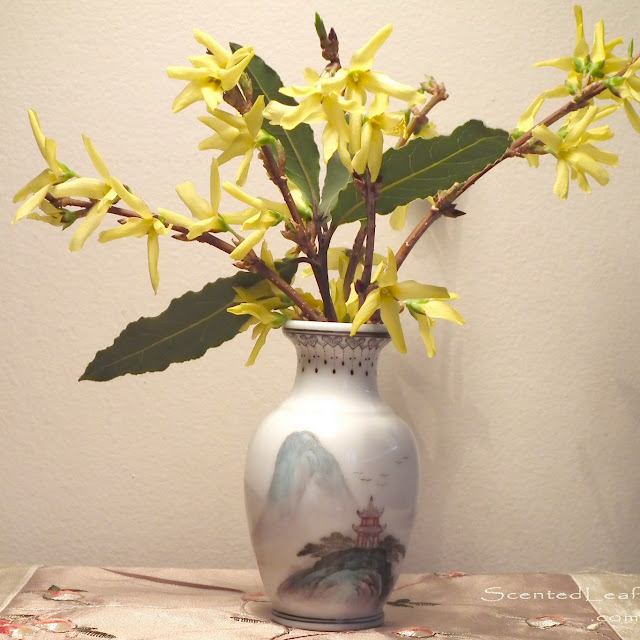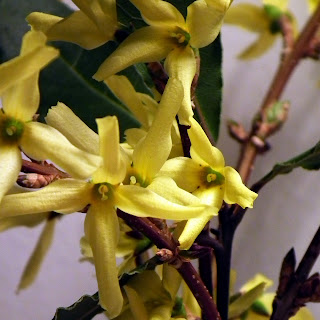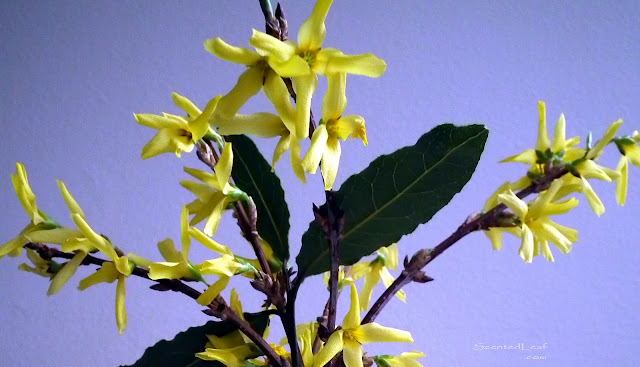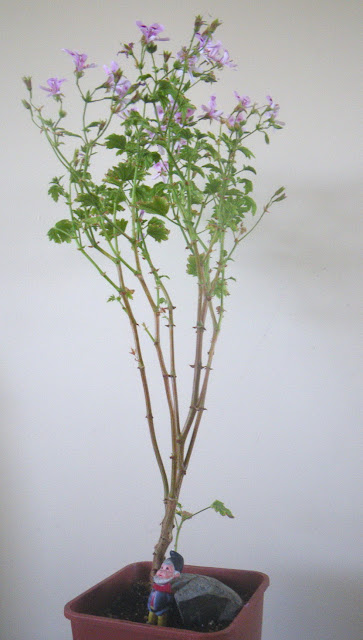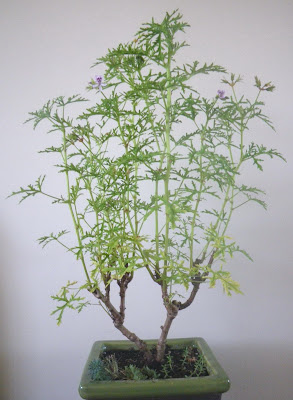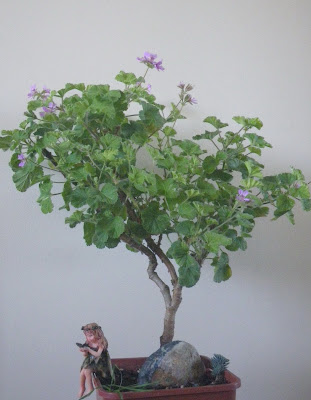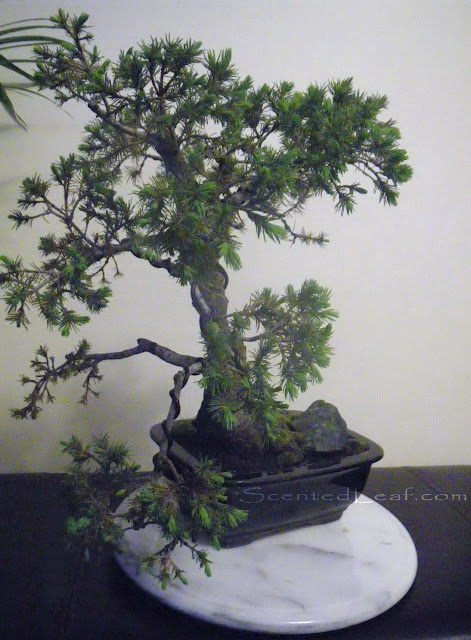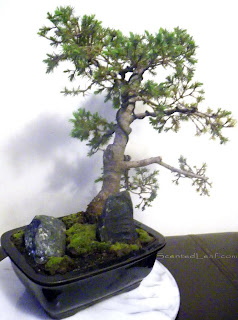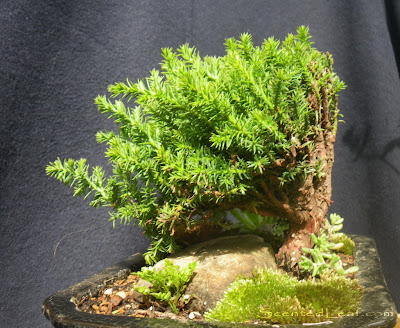 |
| Mugo Pines (jnepeni) grown over 2000 meters altitude on Carpathian Mountains Plateau |
It is very popular plant in gardens, parks and landscaping all over the world. It has variable size and shape depending on the area (alpine, sub-alpine) where is growing. Typically it grows near the timber lines no more than 10 feet tall. Sometimes the large number of branches produce plants twice as wide as their height.
Dwarf Mugo Pine is extremely tolerant of a diversity of planting locations, doing best in full sun or light shade, in rich / black soil or in poor / infertile soil, in high mountain meadows, rock gardens or urban bedding plants. These dwarf pines follow a variable pattern in growth rate, usually when they are planted as garden shrubs, they are growing 5-10 cm per year. They have sharp and twisted evergreen needles 2-5 cm in length which persist up to five years.
 |
| Wild Mountain Pines grown over 2000 meters altitude on Bucegi Mountains Plateau |
 |
| Mugo Pine Plateau , Carpathian Mountains, Romania |
Mountain Pine Syrup recipe:
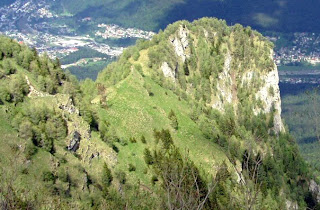 |
| Mugo Pine Cliff, Carpathian Mountains |
Filter the melted syrup and keep it in a dark bottle away from the light.
If you can not wait so long time you can simmer the mix covered by boiling water, stirring until is evaporated enough water to look like a syrup (perhaps 2-3 hours) - but some therapeutic effects could be destroyed by hot water.
Both methods will made a great syrup with extremely taste and smell and will conserve for at least one year.
Over the years, as a person who felt in love with the plants of the high mountain meadows long time ago, I transformed few interesting specimens in small bonsai. Around Vancouver, the nurseries offers Mugo Pines propagated by cuttings or grafting, so every time when I chosen my plants, I was careful not to choose a grafted one. Mugo is cold resistant coniferous (it grow in zones 2-8) but when is turned in a bonsai, its roots need to protected against freezing. It has a good root system and if you prune it carefully, the plant will be stabilized few days after re-potting (better to do this in spring). The soil might be fast draining to avoid root rot. During the summer is better to spray the foliage with water (daily if the temperatures are higher than 30 degrees celsius).
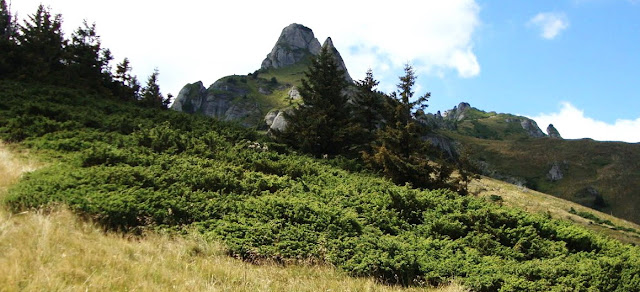 |
| Mugo Pines forest on Carpathian Mountains Plateau |
" Most varieties of Mountain Pine make nice bonsai" - says Peter Chan in his book "Bonsai - The art of growing and keeping miniature trees"
I wired my Mugo Pines bonsai in September (is recommended to do this in fall or early winter) and perhaps these days will spend some time to remove the wires (better to remove them 4-6 months later) before the new candles start to grow - but this will be another post.





